




Photos: Aeroyacht 110 , New BOR 90 bow Photo: BMW Oracle Racig Martin Raget
Alnghi5 bow Photo Alinghi press , The Pete Melvin F18 World Champ design 08 and 09: The Infusion Photo Pierrick Contin
—
Pete Melvin World Champ A-Class: the A3 and on of the 1st Cat Cruiser featuring wave piercing bows
Some days ago I posted on the Aeroyacht 110, a wave piercing cruising catamaran designed by George Tarjan and Pete Melvin. For next AC 33 DoG fight designers from BMW Oracle (VPLP) and Alinghi (Vrolijk,Kramers, Simmers,Jones) have gone with wave piercing bows on their 90×90 multhulls.
Pete Melvin is an experienced catamaran designer and sailor, has worked with Oracle team and he is also the designer of the now 2 times World Champion F18 design: the Infusion
Pete and Tarjan describes the charateristics and advantages of wave piercers and why they adapted the concept to a cruising catamaran:
Pete Melvin “To make it short and simple, wave piercing reduce pitching motions and hull resistance though waves. Pitching results in motion discomfort for passengers, increases hull resistance and reduces sail efficiency.
We’ve been designing wave-piercing bows for quite a few years now both for racing and for cruising multihulls. It is quite interesting to see that Alinghi have developed a hull and bow shape quite similar to the A3 A-Class catamaran we developed in 2003.
There were other wave-piercers prior to the A3 but the A3 has a very unique shape that has been emulated many times since then. We are involved with the BMW ORACLE team and had some input into their news floats shapes as well. Lots of R&D went into confirming what we already knew was a fast wave-piercing hull form. The shape of the bow and underbody of a wave-piercing hull is dependent on many variables so the best solution for one design may not look the same as another design. In fact, the F-18 cat is actually closer to the design requirements for a high performance cruising catamaran like the Aeroyacht 110.”
Gregor Tarjan: “Reverse bows make the water think the boat is longer. A regular shaped bow will make the boat hobby-horse because as the boat is dipping into the sea the shape of the stem will force it back up quicker than if the stern is allowed to pass deeper and more gentler into the wave resulting in more comfort, safety and yes wetter. I think reverse bows are the future for small racing boats (where a wet ride is secondary) and large yachts over 60 foot.”










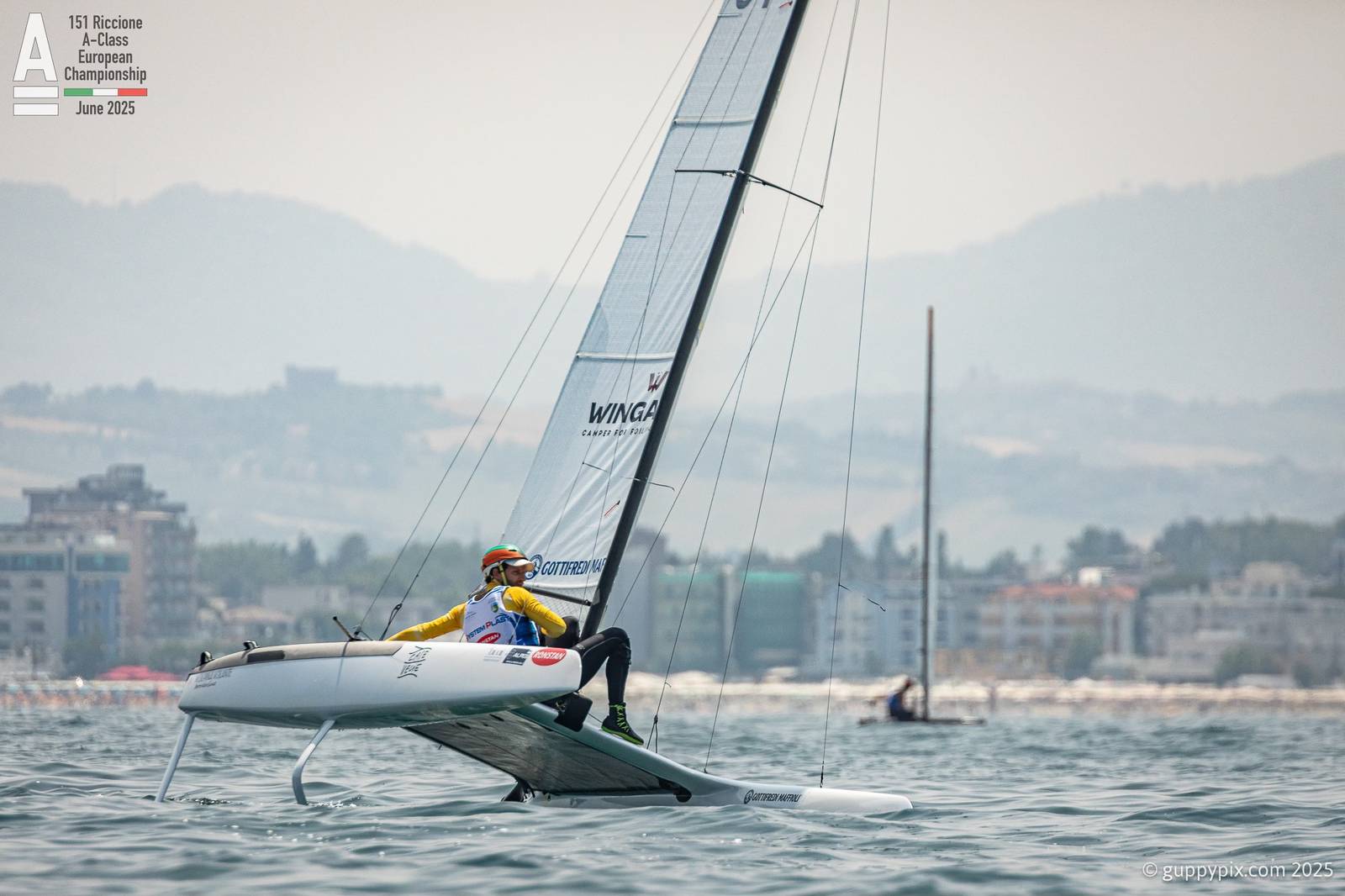
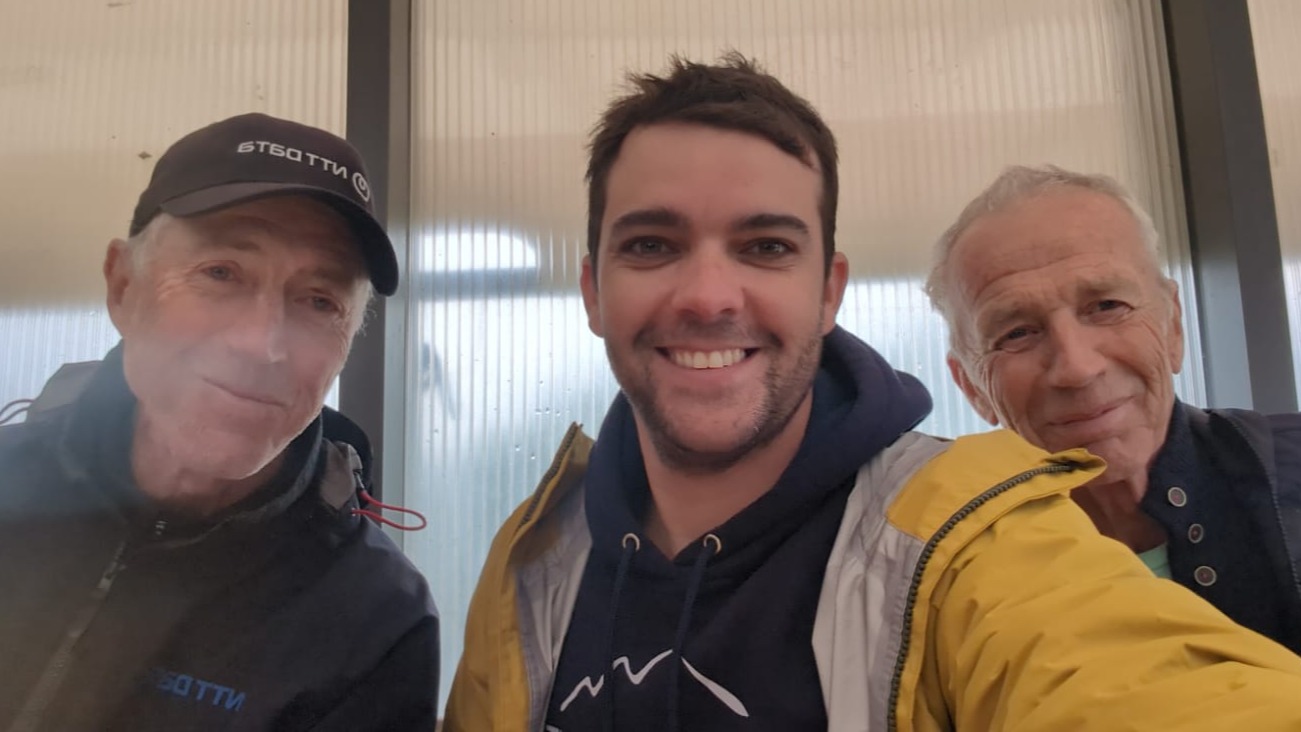
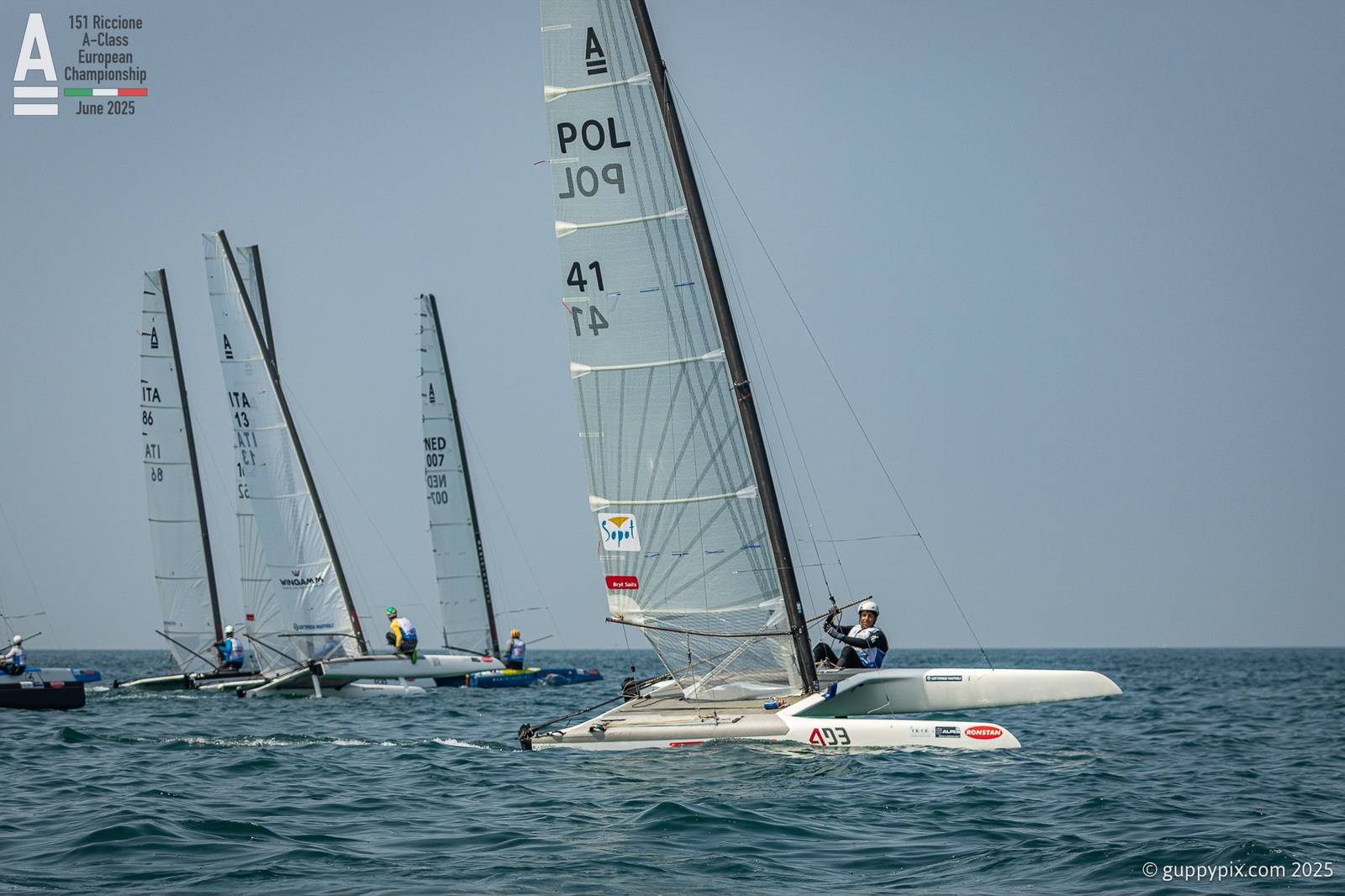
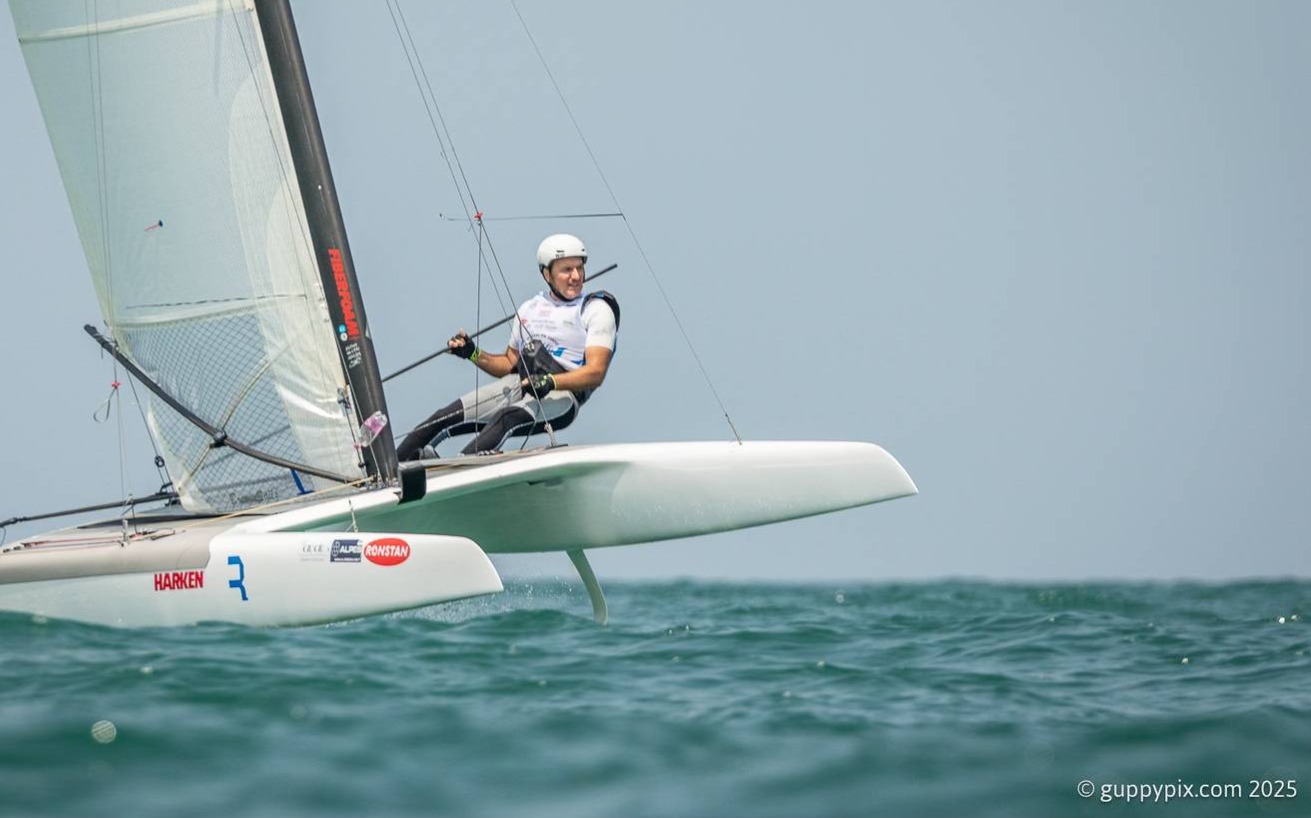
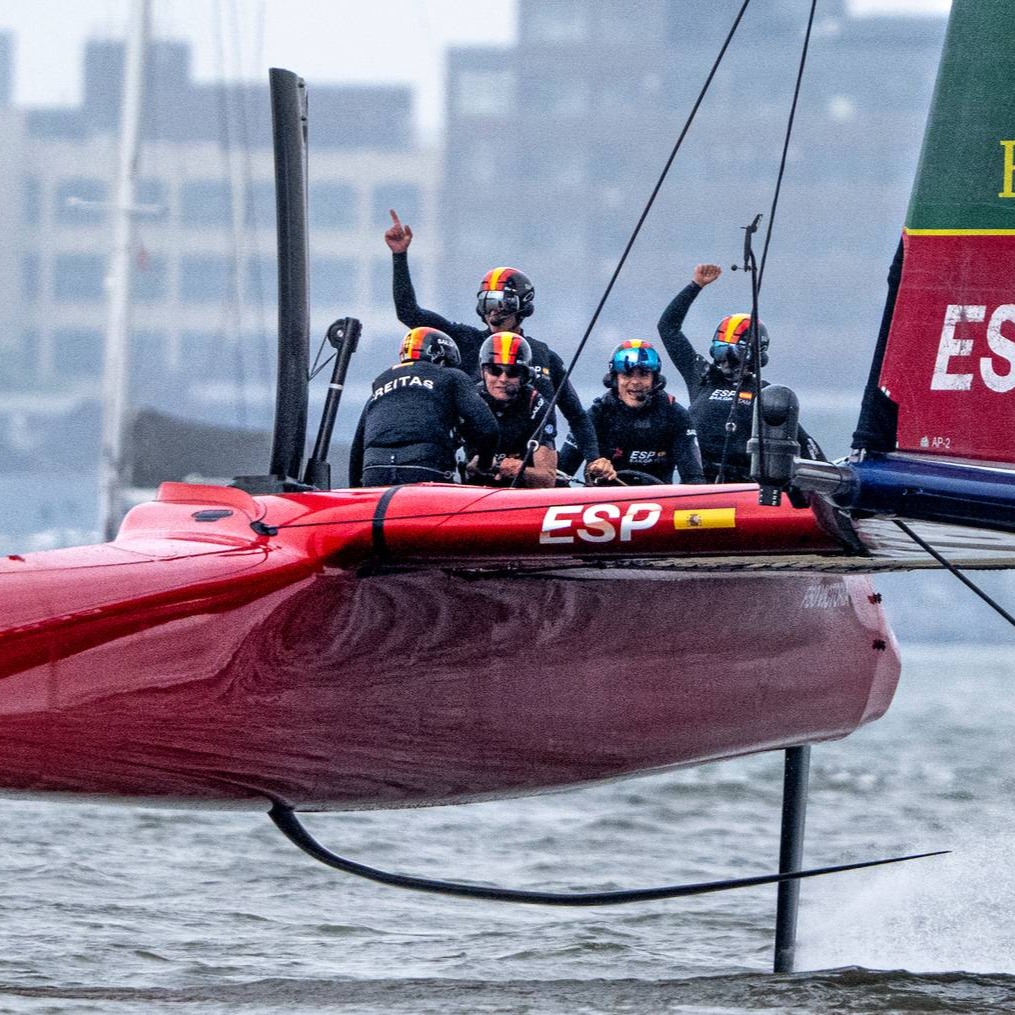
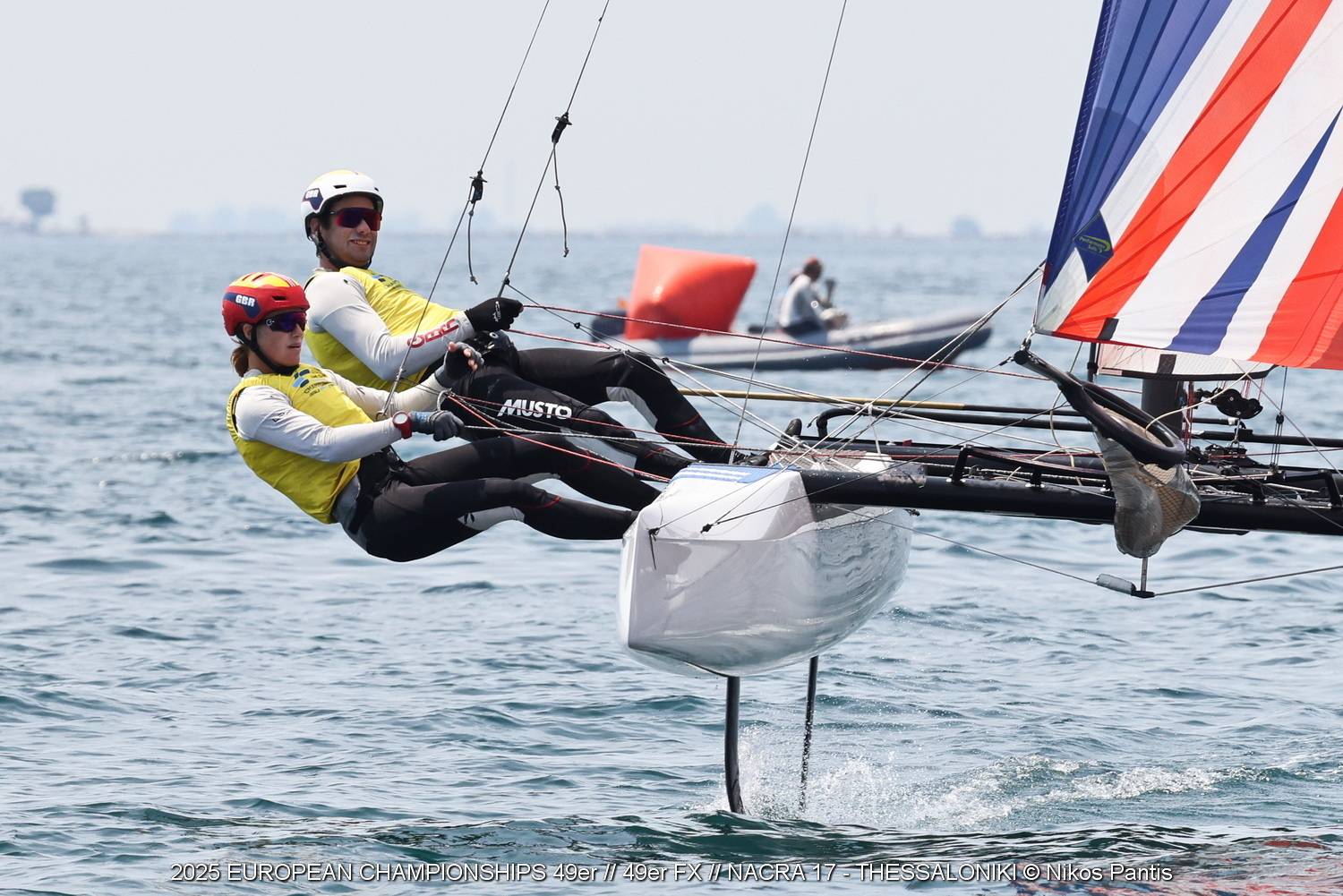
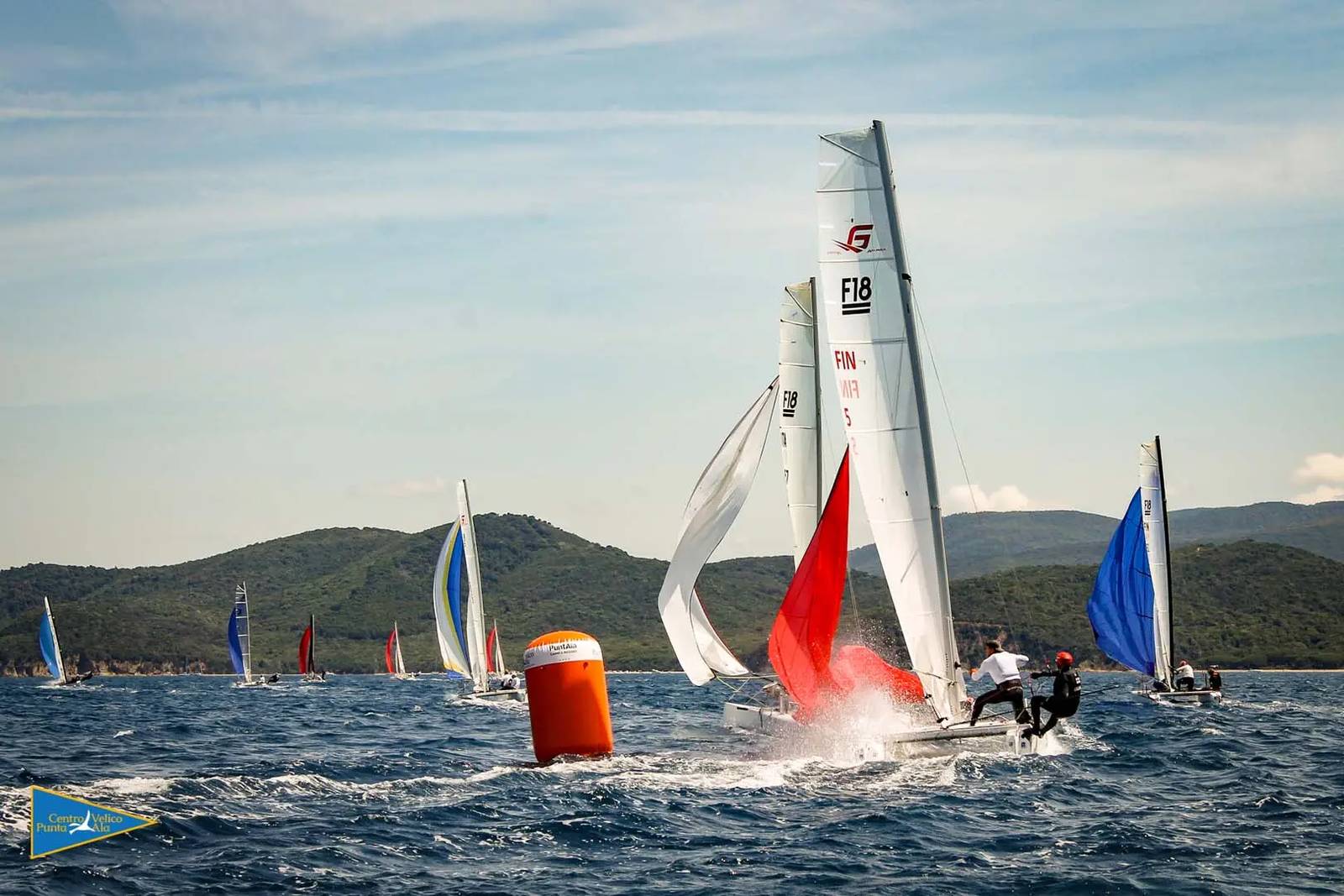
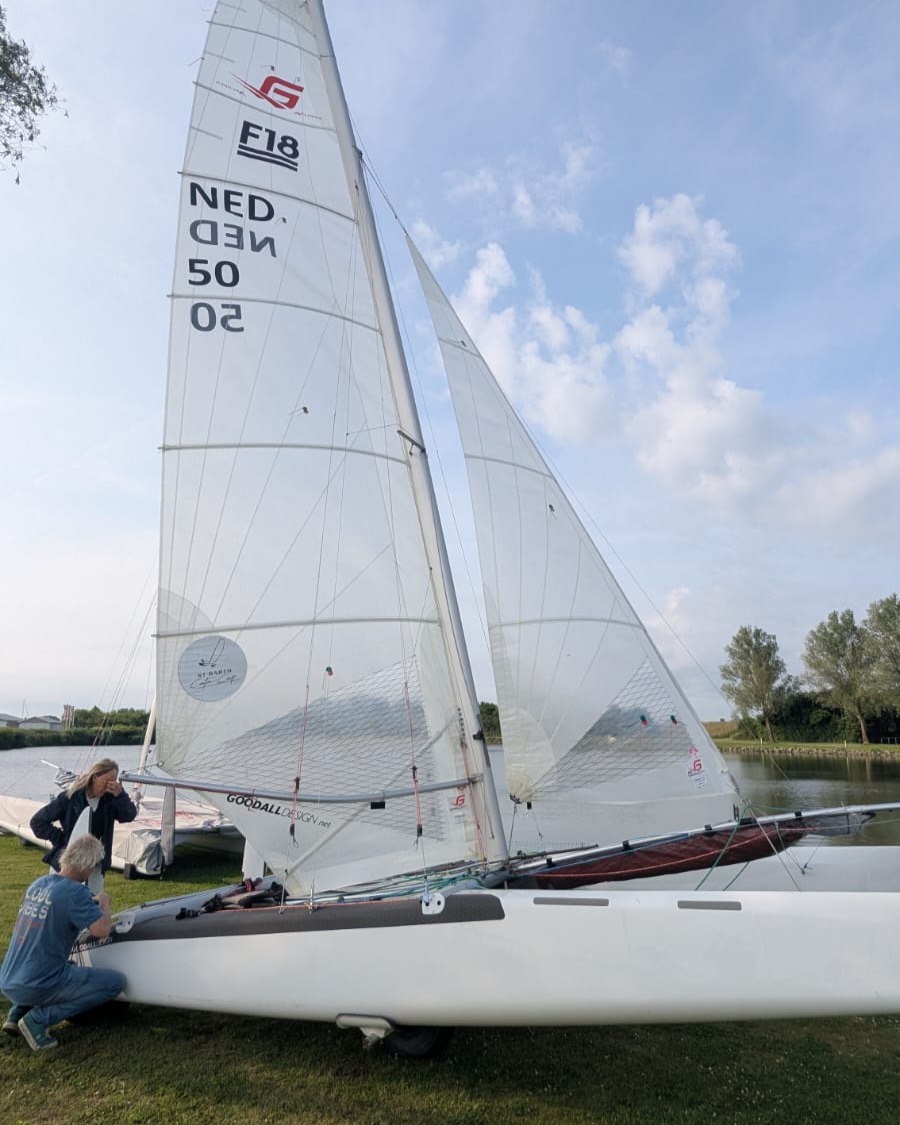
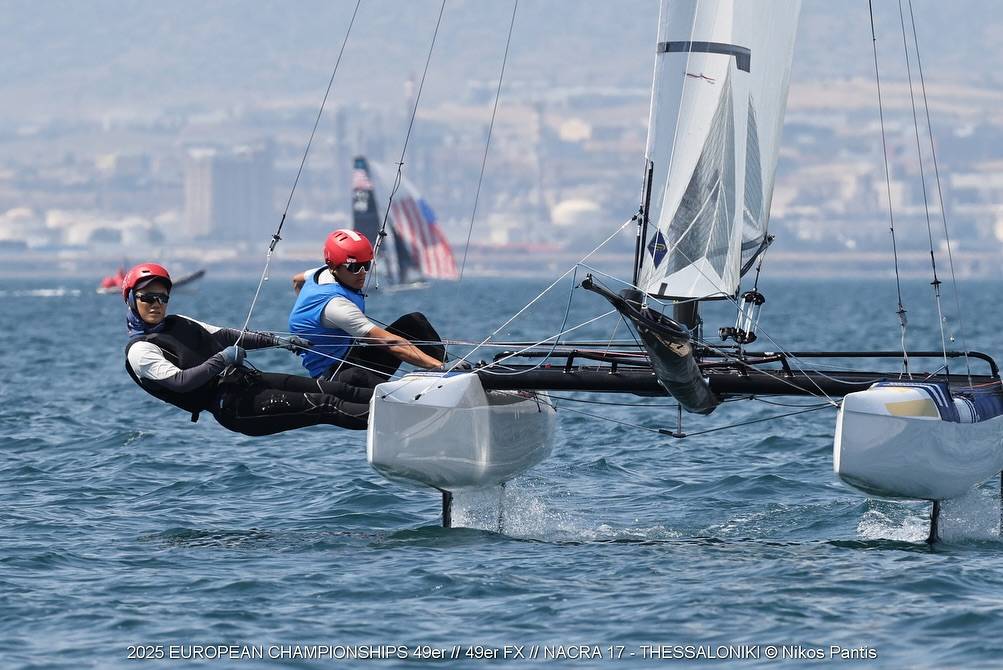




















Scotti used his Nikita
Teo di Battista , 3° of Classic using Exploder Ad3 2016 version instead Scheurer .
I just heard that my great sailing friend and former CEO of Hobiecat Europe has passed. May The endless oceans…
...Report was sent by an F18 Sailor, if you want Hobies reported send your own, we'll publish as usual. Cheers.
Looks like in your report the Hobies are not really present. Suggest to rewrite the article.